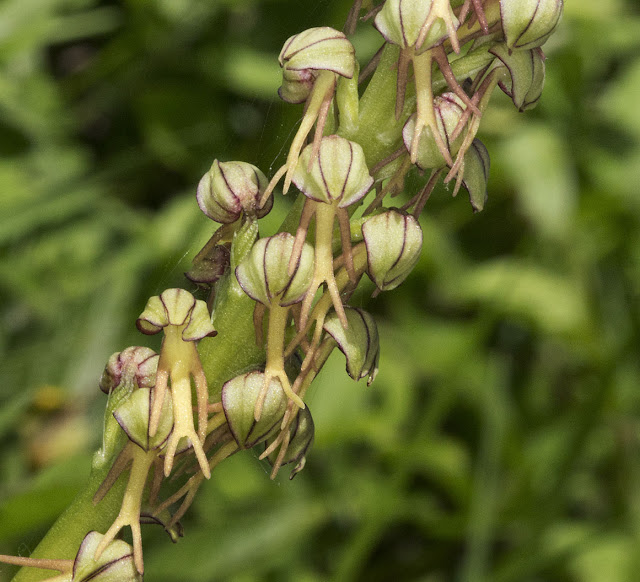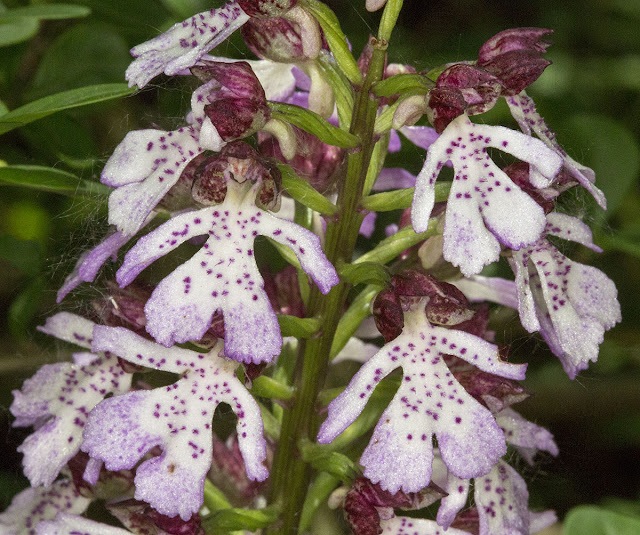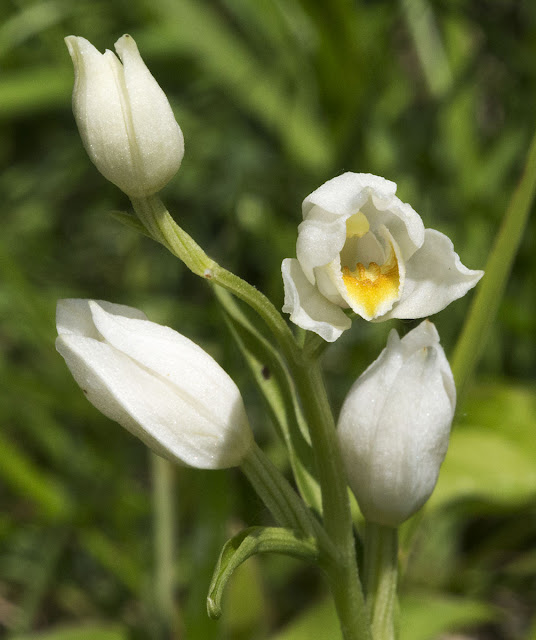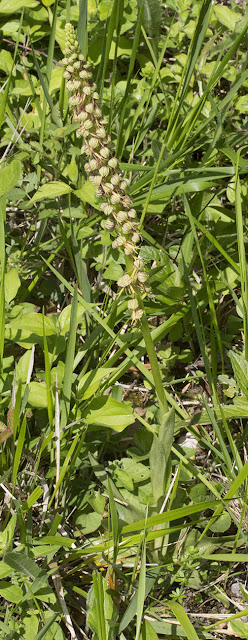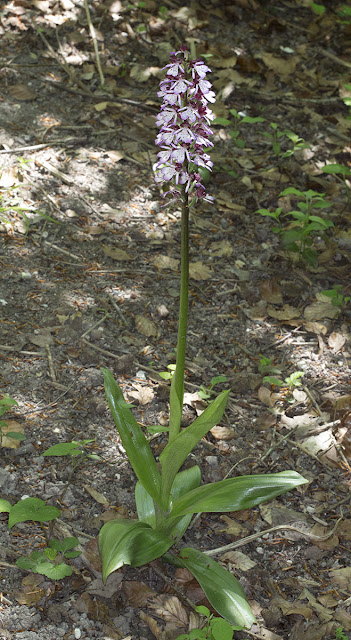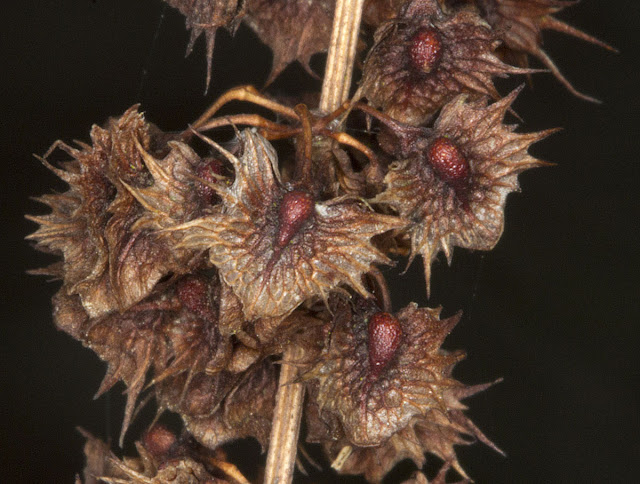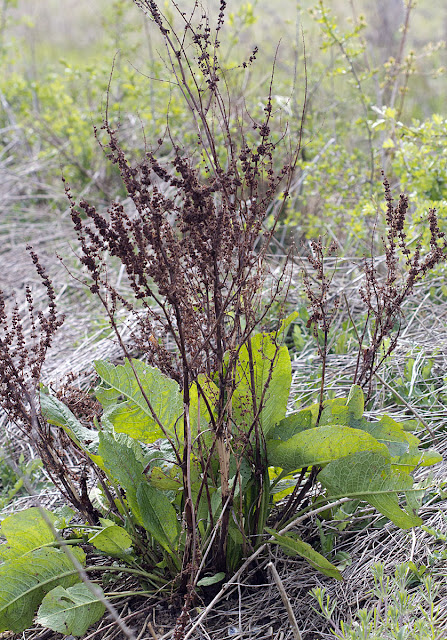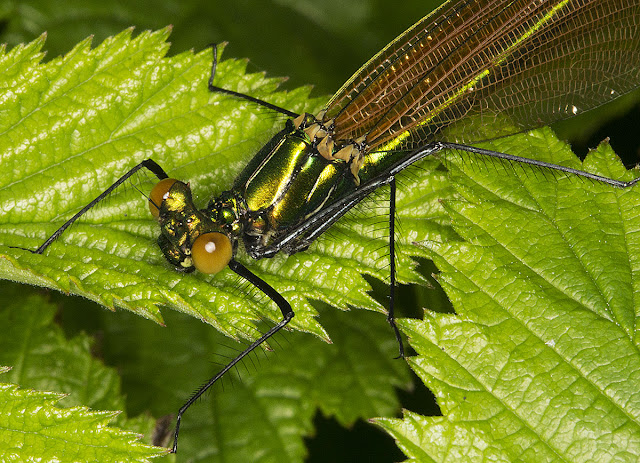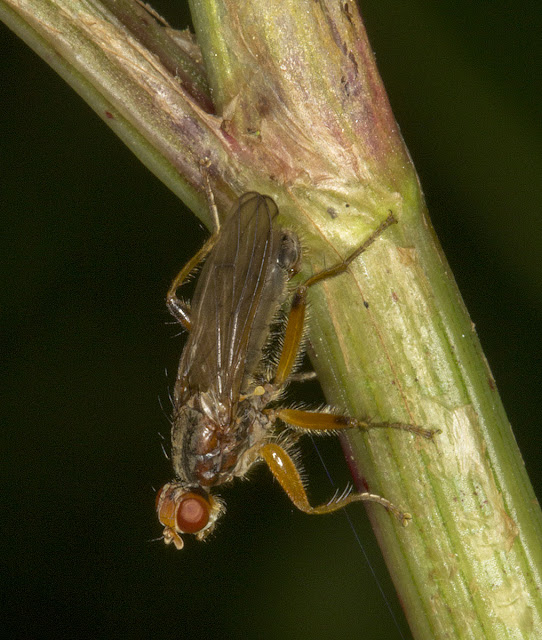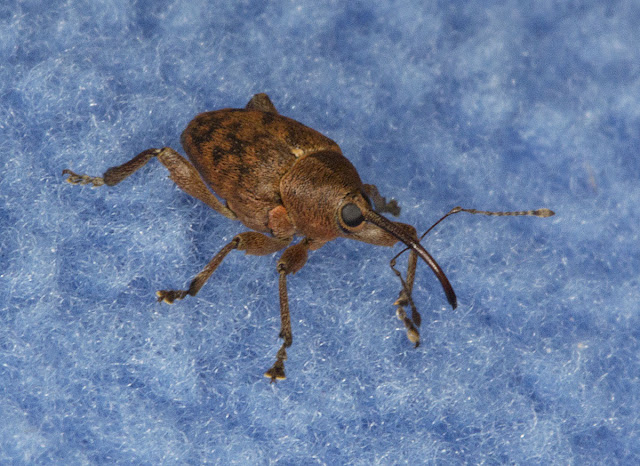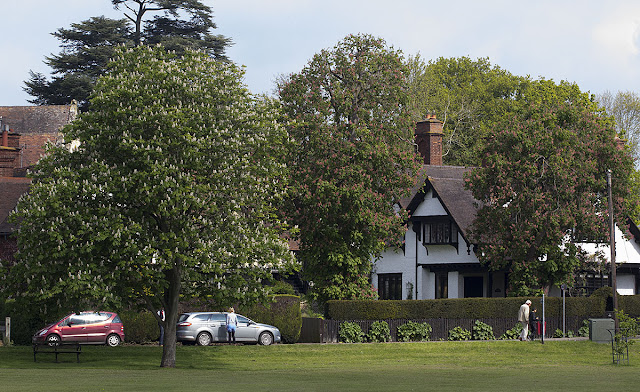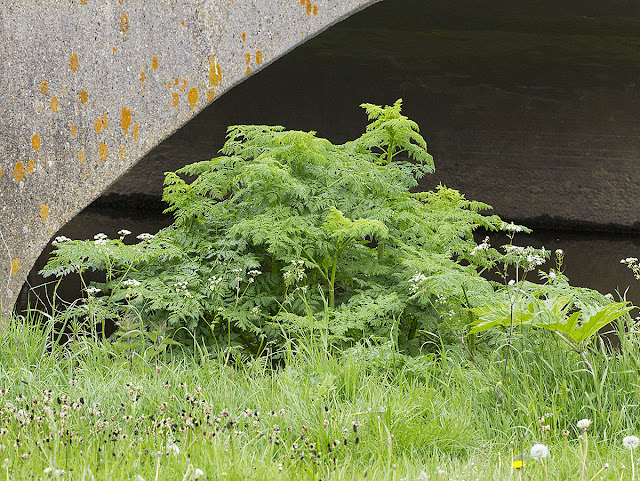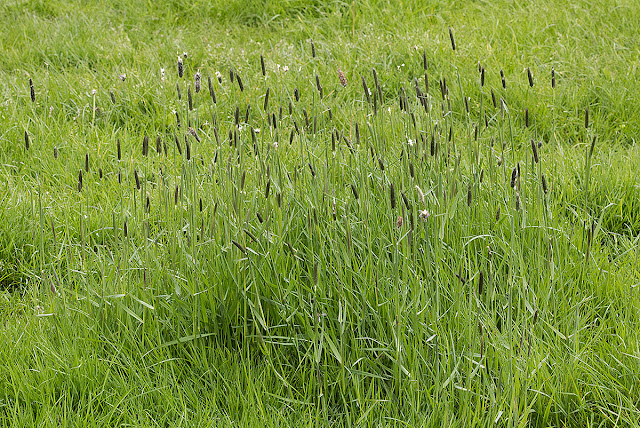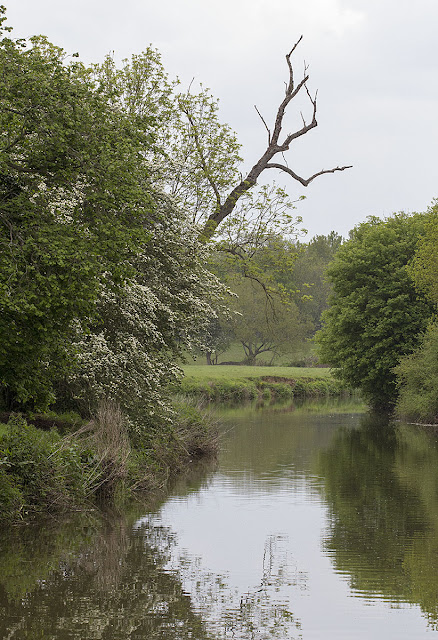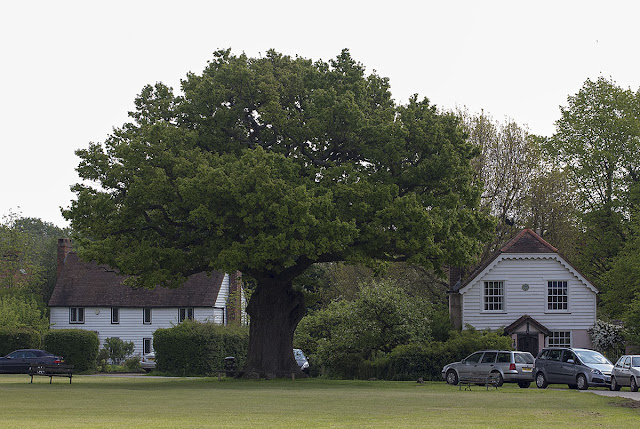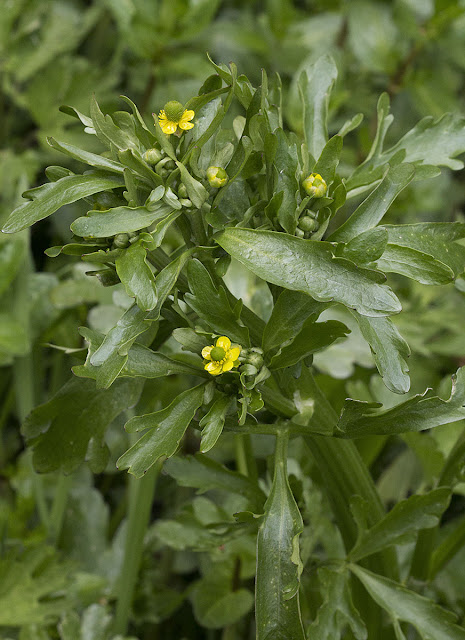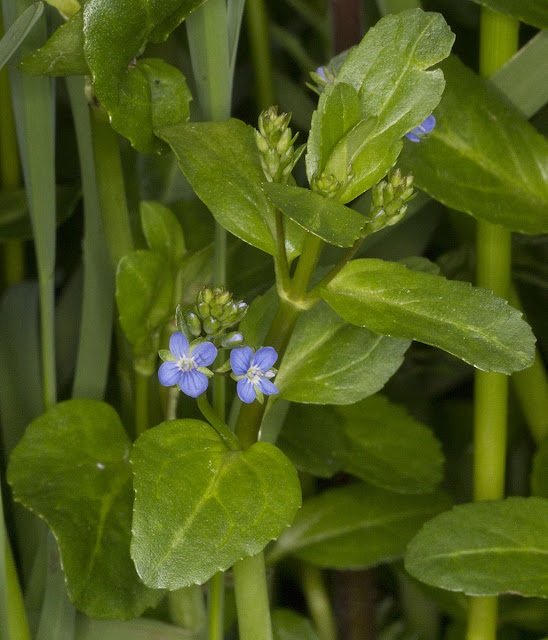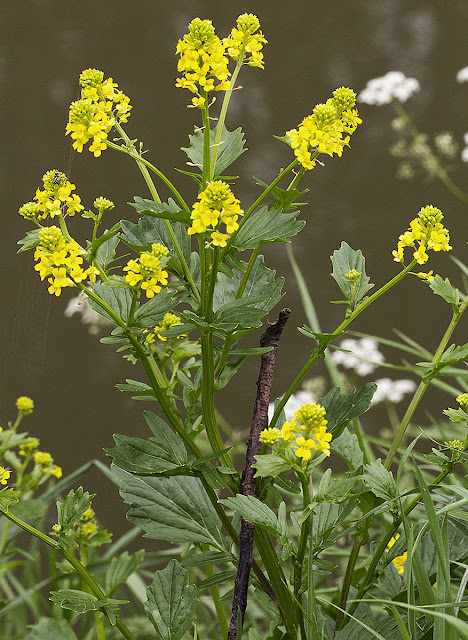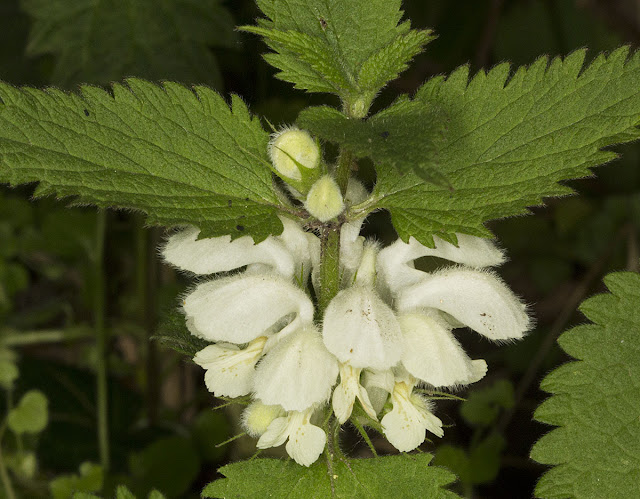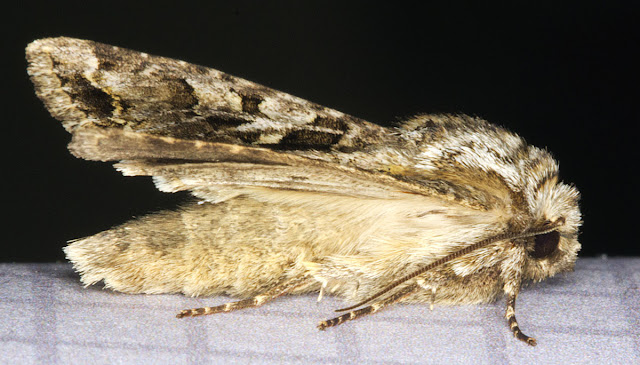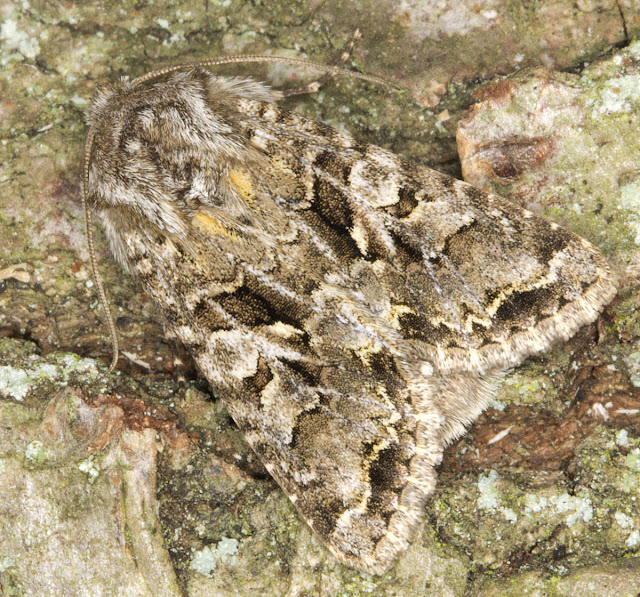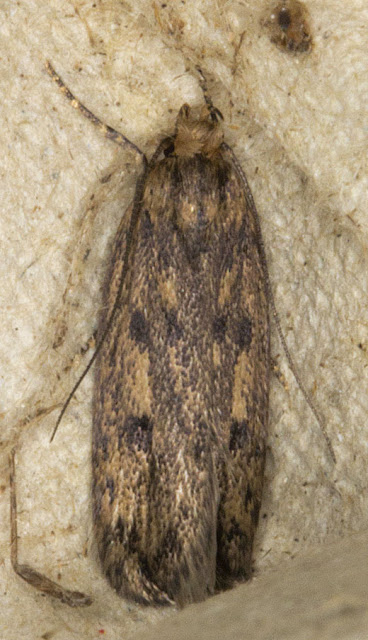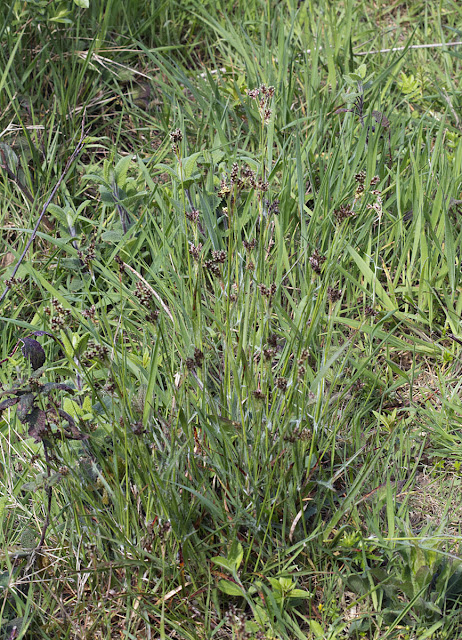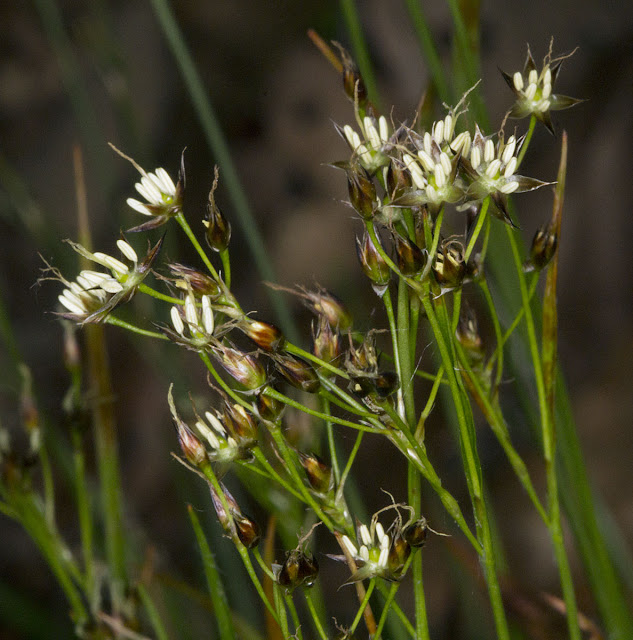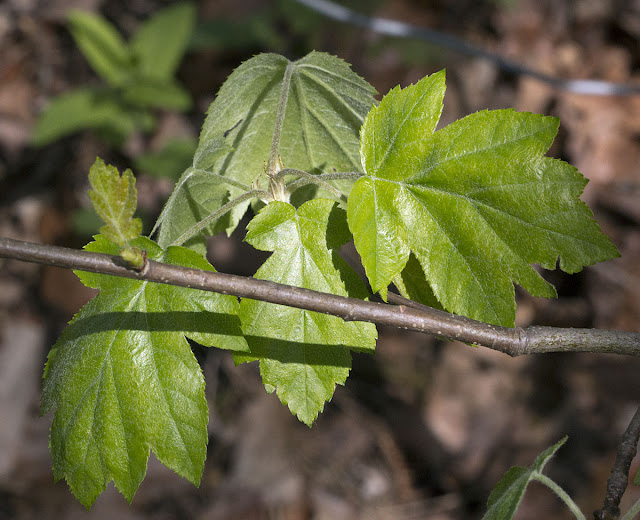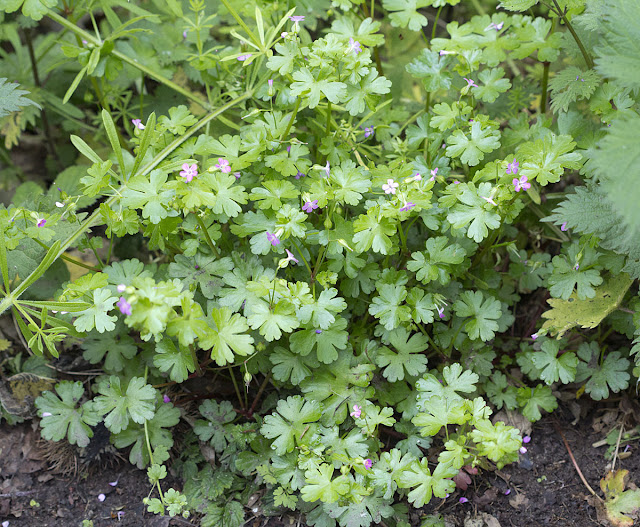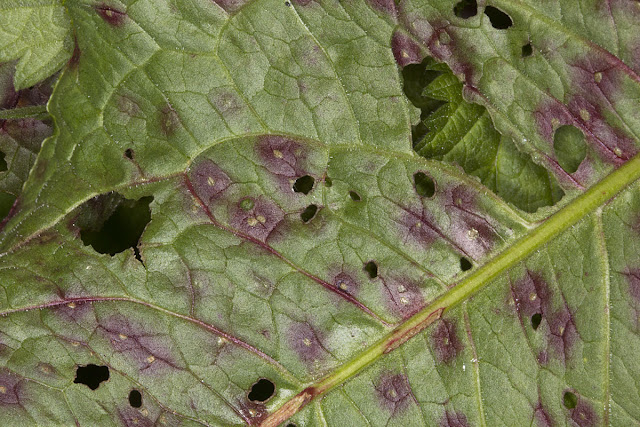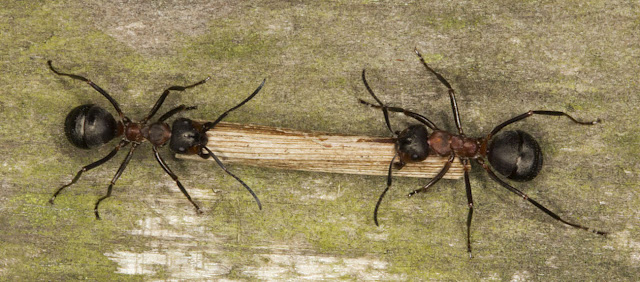 |
| Wood Ants, Formica species. Joyden's Wood, 12 May 2012. |
I saw several interesting invertebrates in Joyden's Wood, including two hoverflies, a bug and a ladybird that I had not seen before. Wood ants were swarming in several places, and the presence of winged forms on the nests showed that this was the day of a mating flight.
 |
| A Wood Ant nest with winged adults. Formica species. Joyden's Wood, 12 May 2012. |
It wasn't far from this nest that I saw some squash bugs; first one, then a little later, several more.
 |
| Dock Bug, Coreus marginatus. Joyden's Wood, 12 May 2012. |
They were all on the margins of a small area of heath in the middle of the wood. This species is sometimes called the Dock Bug or Dock Leaf Bug, but this one was crawling around some dead Wood Sage and the others were on Stinging Nettles. Few insects have read the books.
I managed to get a quick photo of this Cranefly:
 |
| Cranefly, Limonia phragmitidis. Joyden's Wood, 12 May 2012. |
Which I could not identify, so I asked on
iSpot. I did a little better with these three Hoverflies, getting one right and coming close with the other two.
iSpot is a very useful site.
 |
| Myathropa florea. Hoverfly. Joyden's Wood, 12 May 2012. |
Myathropa florea, with its honey-coloured fuzz, is one of my favourites.
 |
| Epistrophe species. Hoverfly. Joyden's Wood, 12 May 2012. |
I thought this was a Syrphus, but I was corrected. Those yellow half-bands near the front of the abdomen are broad at the base; on a Syrphus they would close off into a shape rather like a golf club. So this turned out to be new to me.
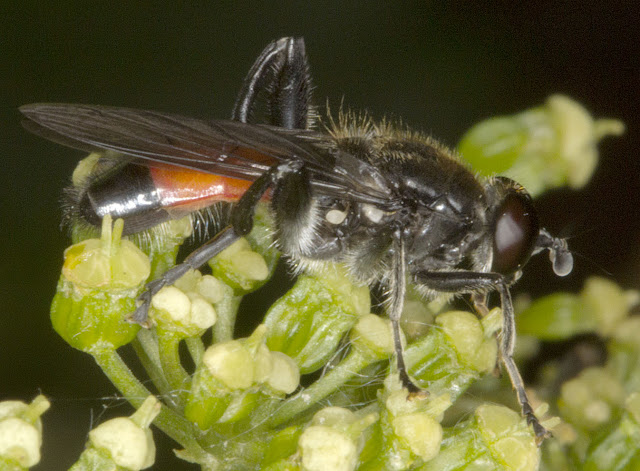 |
| Brachypalpoides lentus. Hoverfly. Joyden's Wood, 12 May 2012. |
I knew I hadn't seen this one before, and I had no idea what it was, so I made a stab using my Hoverfly book. I got the genus, but I was corrected on the species by the expert.
I do like Hoverflies. They are colourful and varied, and there are plenty of them around to photograph. At this time of year, there are also plenty of these:
 |
| St. Mark's Fly, Bibio marci. Joyden's Wood, 12 May 2012. |
They fly around with legs dangling, often in swarms, and are not much liked, though I think they look quite imposing with their spikey legs and hairy eyes.
During our lunch break I saw lots of Wolf Spiders running across the ground, perhaps keeping out of the way of the ants.
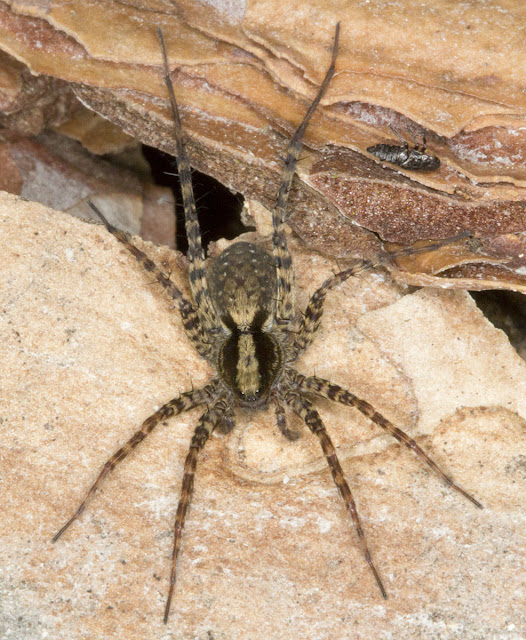 |
| Wolf Spider, Pardosa species. Joyden's Wood, 12 May 2012. |
They are usually very difficult to photograph because they are always on the move; they find prey by running it down, and I can hardly focus on one before it is gone. But this one stood still long enough for me to get close enough to capture its smart markings in detail.
This millipede was dug out from a rotting stump by one of the group.
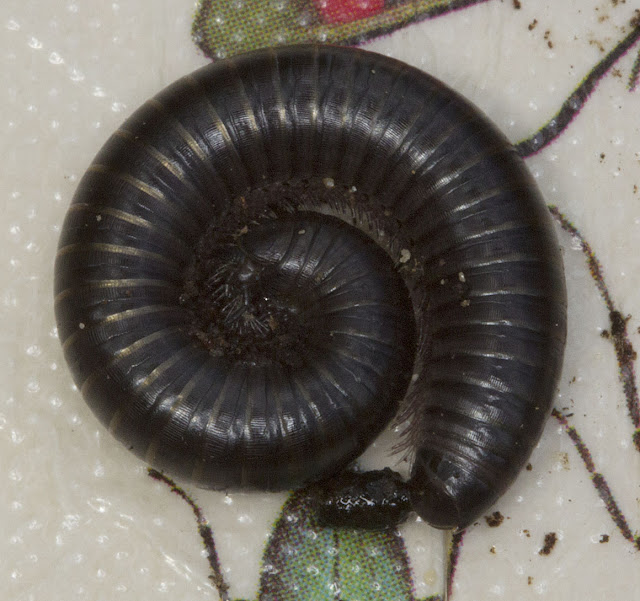 |
| Millipede, Schizophyllum sabulosum? Joyden's Wood, 12 May 2012. |
I photographed it on her insect book. The identification is tentative.
There were many Seven-spot Ladybirds around, nearly all on the nettles that bordered the path. So I was pleased to see something different as we neared the end of the walk.
 |
| 14-Spot Ladybird, Propylea quattuordecimpunctata. Joyden's Wood, 12 May 2012. |
These were also on nettles. I came away with quite a few stings from rearranging the leaves for a clear shot! Several Ladybirds have Latin names that reference the number of spots, and you can often see the names written using figures, as for example Psyllobora 22-punctata, the 22-spot ladybird. But they should properly be written out in full. That one is really P. vigintiduopunctata, and this one is as shown in the caption.
Finally, I was very pleased to flush out a moth near one of the ponds. It's not a regular day flier, but this species is easily disturbed. After a couple of short hops it settled down for long enough to be photographed.
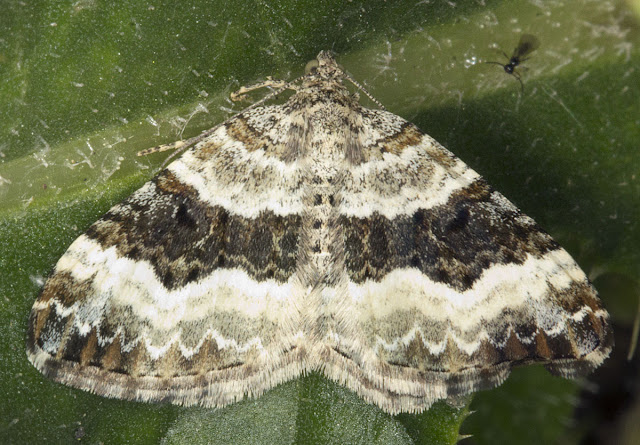 |
| Common Carpet, Epirrhoe alternata ssp. alternata. Geometer. Joyden's Wood, 12 May 2012. |
I have seen so few moths in my trap so far this year that spotting this was a real pleasure, especially such a well marked specimen of a rather pretty species.
